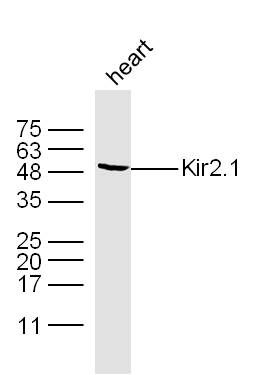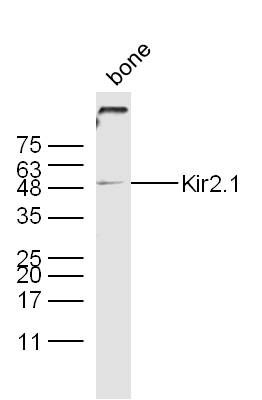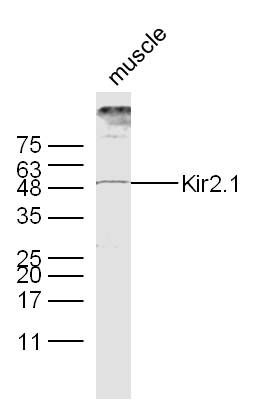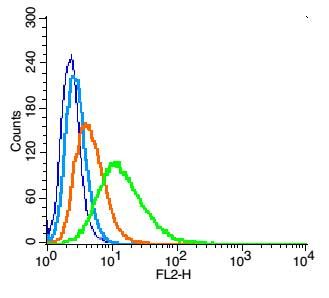Specific References (5) | SL17067R has been referenced in 5 publications.
[IF=1.339] Li W et al. MiR-1/133 attenuates cardiomyocyte apoptosis and electrical remodeling in mice with viral myocarditis. Cardiol J. 2019 Apr 17. WB ; Mouse.
[IF=1.396] Fang W et al. Lipopolysaccharides increase Kir2. 1 expression in lung endothelial cells. Int J Clin Exp Pathol 2018;11(6):2959-2967 WB ; Mouse.
[IF=1.396] Fang W et al. Lipopolysaccharides increase Kir2.1 expression in lung endothelial cells. Int J Clin Exp Pathol. 2018 Jun 1;11(6):2959-2967. eCollection 2018. WB&ICF ; Mouse.
[IF=3.499] Zhan C et al. Rotenone and 3-bromopyruvate toxicity impacts electrical and structural cardiac remodeling in rats. Toxicol Lett. 2019 Oct 1. pii: S0378-4274(19)30295-4. WB&IHSLCP ; Rat.
[IF=5.9] Zhao, Jing, et al. "Chronic obstructive sleep apnea causes atrial remodeling in canines: mechanisms and implications." Basic Research in Cardiology 109.5 (2014): 1-13. WB ; Dog.



